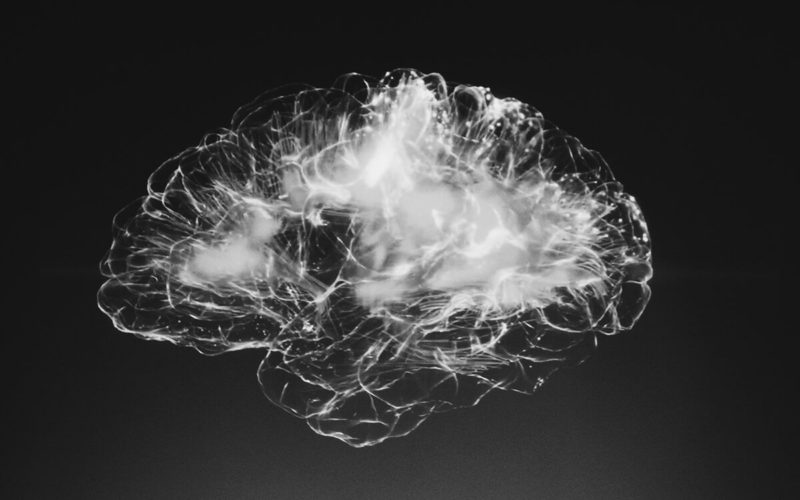Experiencing sadness and grief is a normal part of the human experience. While many of us have those feelings on occasion, major depression is something far more significant. It is a condition that 16.2 million adults in the U.S. experience in a given year, and it can have long-lasting symptoms such as overwhelming sadness, low energy, loss of appetite, and a lack of interest in things that once brought joy. Over time, depression can lead to serious health conditions, so finding a treatment that works is essential for long-term mental health.
One such treatment is transcranial magnetic stimulation, or TMS. It is a non-invasive procedure that uses repetitive magnetic pulses to stimulate nerve cells in the brain, helping to improve the symptoms of depression. This form of treatment is best considered when other treatment options for depression — like medication and therapy — are not proven effective. There are also some key considerations to keep in mind before exploring the option.
How Transcranial Magnetic Stimulation Works
If you receive a TMS treatment, you can expect an electromagnetic coil to be placed on your scalp near your forehead. While it may look uncomfortable from the outside, the electromagnet painlessly delvers a magnetic pulse to stimulate nerve cells in the part of your brain that helps control mood and depression. The thinking is that the stimulation activates regions of the brain that experience a decrease in activity when you are depressed. Plus, no anesthesia is required during the procedure.
The science behind why this stimulation works continues to evolve. What scientists know today is that the stimulation impacts how the brain is working, which somehow eases feelings of depression while improving a person’s mood. The procedure can be performed in a few different ways depending on the doctor, and the medical community continues to learn more about the best methods for conducting treatment.
Side effects
The most common side effect during and after treatment is a headache. In these instances, these side effects are mild to moderate and mostly decrease over time. In some rare instances a serious side effect can include seizures, which is why this form of treatment is not a good fit for those who are already at a high risk, such as anyone with epilepsy, head injuries, or other neurologic issues. Other side effects can include scalp discomfort, lightheadedness and tingling, spasms or twitching of facial muscles, all of which can be addressed by adjusting the stimulation and taking over-the-counter pain medication.
Does the Stimulation Treatment Work?
For the approximately 30 to 50 percent of people with depression who have tried and failed to get the right kind of benefits from traditional medication or therapy, TMS can result in a positive response. In fact, about one-third of these individuals experience a full remission, which means their depression symptoms totally go away when using this treatment method. Additionally, in a study across 42 TMS clinics in the U.S., 58 percent of patients showed improvement, including 37 percent who achieved full remission.
While these results are encouraging, the science is still in its early days and the treatment is certainly not a silver bullet. Some patients who responded positively to TMS experience remissions lasting months or years, and they go to regular follow-up sessions help to prevent a relapse. But this is not, however, the case for everyone, and there is a high likelihood the feelings will come back at some point.
Getting Started with Treatment
When other treatment options are not proving effective for your depression, and you are aiming to move forward with transcranial magnetic stimulation, there are some key considerations to keep in mind when getting started. First, you will need to schedule a physical exam including possible lab tests, as well as a psychiatric evaluation to discuss your depression. These tests ensure that this form of treatment is safe and a good option for you. Outside of the initial evaluation, be sure to inform your doctor of the following:
- If you are pregnant or are thinking of becoming pregnant
- Implanted or metal devices in your body, such as a cochlear impact
- What medications you are taking, including prescription or over-the-counter medications
- If you have a history of seizures or a family history of epilepsy
- Other mental health disorders, including psychosis and addiction
- Any brain damage from injury or illness, such as a stroke or brain tumor
- Severe headaches or migraines
- Other medical conditions
- Prior treatments with TMS, and if it was helpful in treating depression
Because this form of treatment does not require anesthesia, it is performed on an outpatient basis. There is no need to arrange for a pickup to drive you home after treatment, which generally occurs in a doctor’s office or clinic.
The Future of TMS
Magnetic brain stimulation continues to be tested in the real world, and researchers are considering the best next steps when it comes to exploring the treatment method further. While it is shown to have a positive impact on those who have depression, there is a potential for it to help treat other conditions, including chronic pain. For now, the noninvasive treatment continues to be a viable, lower cost option for those who are not able to treat their depression through medication or therapy.
Talkspace articles are written by experienced mental health-wellness contributors; they are grounded in scientific research and evidence-based practices. Articles are extensively reviewed by our team of clinical experts (therapists and psychiatrists of various specialties) to ensure content is accurate and on par with current industry standards.
Our goal at Talkspace is to provide the most up-to-date, valuable, and objective information on mental health-related topics in order to help readers make informed decisions.
Articles contain trusted third-party sources that are either directly linked to in the text or listed at the bottom to take readers directly to the source.




